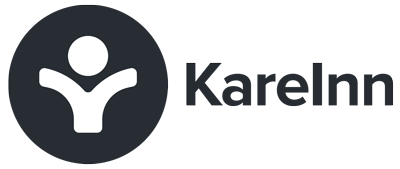Sharing and learning from data is critical for businesses to develop and grow. Data is already being used to solve some of the world’s biggest problems, and it could be benefitting the care industry in a much greater way too. Last week we hosted an event with the National Care Forum and other Care Innovators to discuss how to put data to good use for the benefit of service providers and the people in their care.
Here is a summary of the talk Rachelle Mills , KareInn’s Head of Customer Engagement gave to the room on the first steps to unlocking the potential of data. We’d love to know your thoughts. What else would you add to this list?
Focus on Capturing the data now, generate the insights later.
The idea and possibility of having access to reports and analysis that can help us optimize and improve care is hugely exciting. But before we can generate any representative insights we first need to capture a representative sample of data. The first and most important step we can take today is to start capturing data digitally and consistently.
For care service provides, this means adopting a system that works for your front line carers, who will be the heavier user of the service.
Work with the digital skills your carers already have
When we speak to care home managers, we often hear that carers don’t have technical skills – ‘techno phobes’ is a phrase we hear regularly. There are two assumptions we would challenge here.
Firstly, collecting and recording data is not a technically complex thing to do and it can be done by people with everyday digital skills. Secondly, the likes of Facebook, whatsapp and snapchat have trained your carers for you! All carers use smartphones, and have access to social media where they input data frequently in the form of messages, photos and posts. We have a fantastic opportunity to work with the skills that are already in place, and turn them to the advantage of your business.
Choose products designed with and for the user
We believe that the mark of a great product is one that is deceptively simple to use. The reality is that simple looking systems are hard to design. In addition to building on users skills, we also have to examine what tasks they perform each day, in what order. What are the challenges faced? What are the moments that work well? By immersing ourselves into the world of the user, in this case a carer, we can begin to understand how technology can fit seamlessly into their working life, making their job easier and more rewarding.
We involved carers in the design and development from the get go to ensure we created something that would be adopted and loved day to day by our carers. To this day we continue to co-create and also have a care advisory board made up of care provider representatives, that meets once a quarter to discuss future developments and focus areas for our product.
Cultural Change is crucial
One of things that often gets overlooked, but in our view is key, is the cultural change required when introducing new technology and the associated behaviours. Thought must be put into how change will be implemented throughout the home to give a new platform the best possible chance of success. At least 50% of implementing a system should be focused on good change management. Read this post to get a few ideas
Demand Fundamentally better
The care industry to date has been underserved by the technology sector. We believe that technology should be used to make services fundamentally better. How do you make things fundamentally not just incrementally better? Ask a lot of questions!
We didn’t want to take an existing paper based system and simply put it online without also asking questions about what else could be better, how can we make the process as brilliant as possible, how can we use the opportunity of going digital to re-engineer the current design?
Care providers deserves the best, and digital innovation, used in the right way can bring it. Don’t settle for anything else.
Look for a partner
We always advise people to look for a partner that is a good cultural fit for your service and who has a shared vision of where you want to go. A partner who can go on the journey with you. This is more important than ever when you are looking to find your perfect software partner because it will be a long and ever evolving road.
Think of software as a living being that requires updating and nurturing. As the needs of your home and residents evolve, so will your software.
Do you agree with these 6 steps? Would you add anything else?
If you would like to know more about what we are doing, evaluate our product, or pick our brains on industry best practice, please do get in touch. We would love to hear from you.



